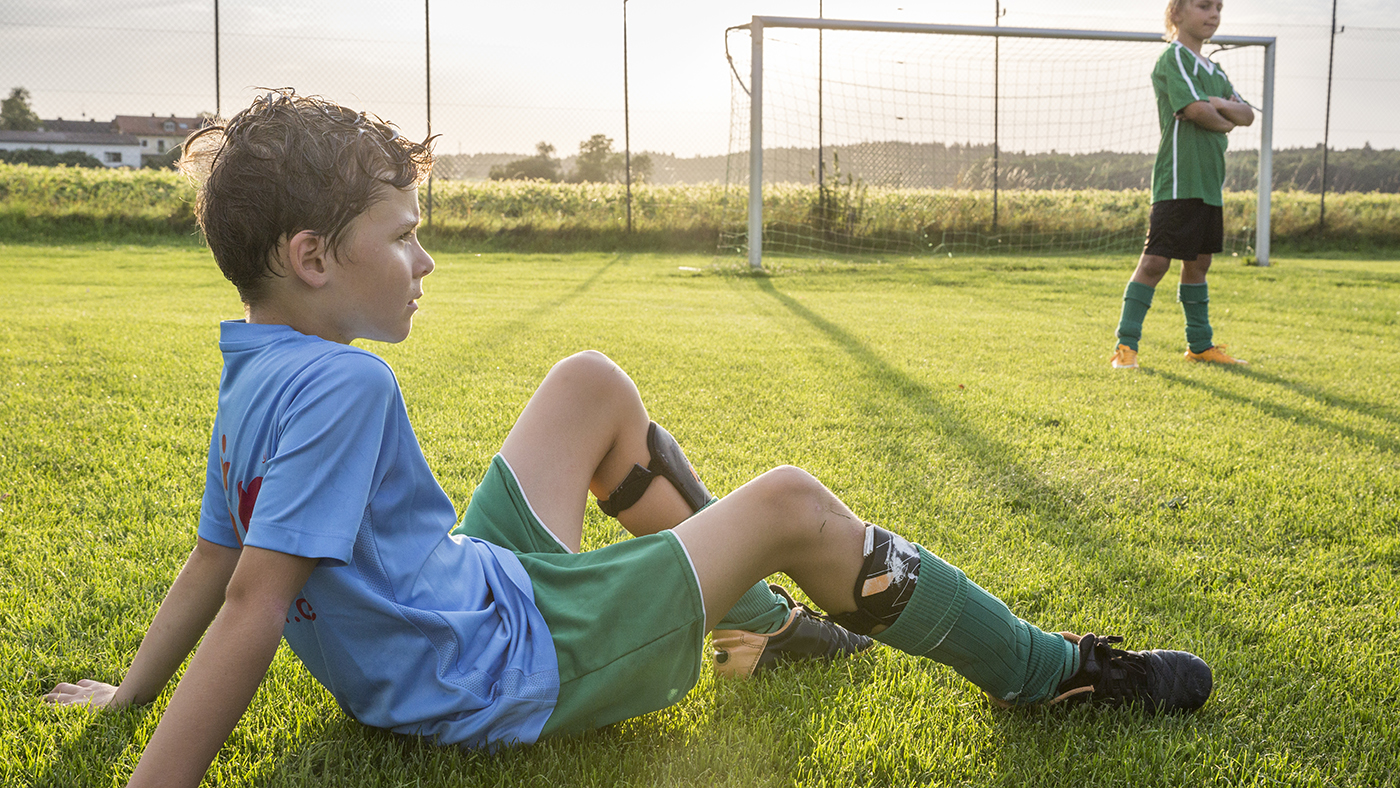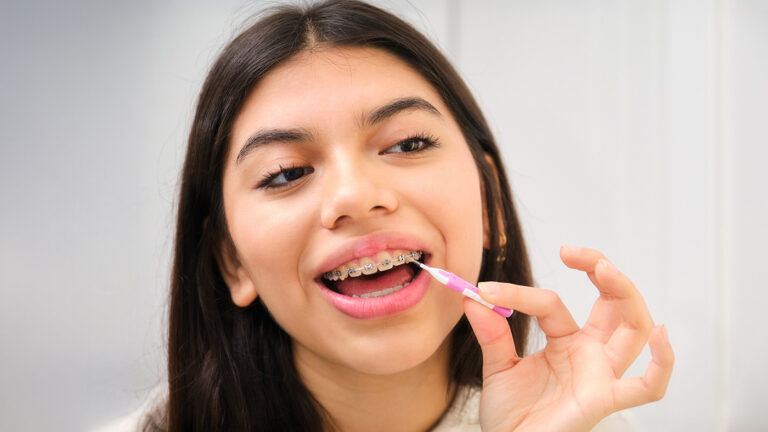The sunlit days of summer are well on their way, and kids everywhere are preparing to kick back and relax until fall. Between video games, summer reading lists, and midday naps, children gravitate outside more for fresh air and sunshine. While this is exactly the thing that helps define a childhood, the record temperatures put them at increased risk for heat injury.
Understanding Heat Illness and Dehydration
Our bodies generate a lot of heat as an effect of our warm-blooded metabolism. Usually, our bodies maintain homeostasis by radiating heat away and by sweating. For that to work, the environment needs to be relatively cool and dry. When there’s high heat (and occasionally humidity), and your child is active without enough water, their little bodies can’t get rid of heat fast enough, and the core body temperature rises. It’s the same reason a pot of water boils more quickly with the lid on.
As body temperature rises, symptoms of heat illness may appear. Heat cramps, heat exhaustion, and heat stroke are heat-related illnesses that range from mild to severe, resulting from the body’s inability to compensate for high temperatures. Heat illness is relatively common, especially in the summer, and can be dangerous if left untreated.
Signs of Heat Exhaustion in Kids
Though dehydration is a separate problem from heat-related injuries, they often occur together and can make each other worse. Children lose water from their bodies through breathing, sweating, and going to the bathroom. If they don’t have enough fluids or don’t cool down properly, they can get heat exhaustion more easily. Kids are at higher risk than adults because their bodies lose water faster, in part due to their larger body surface area compared to their size.
Risk factors for heat exhaustion in children may increase with certain medications that can interfere with the body’s ability to stay hydrated or maintain proper electrolyte levels. These may include diuretics, antihistamines, stimulants used for ADHD, and some antidepressants. These medications can make it harder for the body to cool itself or may lead to faster dehydration, putting kids at higher risk during hot weather or intense physical activity.
Common Signs of Heat Exhaustion
- Thirst
- Fewer bathroom breaks
- Dry skin
- No tears when crying
- Fatigue
- Increased heart rate and/or respiration
- Sunken abdomen, eyes, and cheeks
- Listlessness and irritability
- Skin that doesn’t flatten when pinched and released
- Muscle spasms, otherwise known as heat cramps
Signs of Dehydration in Kids
Dehydration can develop quickly in children, especially in hot weather or during physical activity. Some signs overlap with heat exhaustion, but dehydration focuses more on fluid loss.
Common Signs of Dehydration
- Thirst and dry mouth
- Fewer wet diapers or bathroom trips
- No tears when crying
- Dry skin or lips
- Sunken appearance of the eyes or abdomen
- Fatigue, irritability, or listlessness
- Skin that doesn’t flatten quickly when pinched
Heat Exhaustion vs. Dehydration: What’s the Difference?
Heat exhaustion and dehydration are closely related and often occur together, but they are not the same thing. Dehydration focuses on fluid loss, while heat exhaustion involves the body overheating.
| Heat Exhaustion | Dehydration |
|---|---|
| Caused by overheating | Caused by fluid loss |
| Heavy sweating | Dry mouth, fewer tears |
| Cool or clammy skin | Decreased urination or dark urine |
| Fatigue, dizziness | Irritability or lethargy |
| Can progress to heat stroke | Can worsen heat illness if not corrected |
Heat Exhaustion Symptoms in Infants
Infants can show similar signs of heat illness but may not express symptoms as clearly as older children. Watch for:
- Fewer wet diapers than usual
- Difficulty feeding
- Unusual sleepiness
- Irritability
- Warm skin or flushed cheeks
How to Prevent Heat Exhaustion in Children
Stay Hydrated
Drink plenty of fluids and adjust intake on sunny days. Water is the gold standard for hydration, while sports drinks can help replace electrolytes such as sodium and potassium when kids are sweating heavily.
Stay Cool
Use an umbrella or seek shady areas to escape the heat. Take regular water breaks and mist your child with a spray bottle to simulate sweating and help them stay cool. Schedule outdoor activities during the cooler parts of the day when the sun is lower in the sky.
Dress Your Child in Light Clothing
A hoodie might be appropriate in winter, but it isn’t so great in mid-summer heat. Instead, choose lightweight, light-colored, loose-fitting clothing. Top off their outfit with a hat and sunglasses.
Prevent Being in a Hot Car
Cars warm up quickly in the summer. Sitting in a non–air-conditioned car for even ten minutes can make it dangerously warm for young children. Unlocked vehicles also pose a hazard, as children can enter a car unnoticed, and heat stroke can occur quickly.
How to Treat Heat-Related Illnesses in Children
Addressing early warning signs is your best defense against heat-related illnesses. Teach your child to recognize the signs of heat exhaustion and to take a break when feeling overheated.
Heat cramps are one of the first symptoms of heat illness, characterized by involuntary muscle twitches that result from exposure to high temperatures. Heat exhaustion follows and is what people commonly associate with heat illness. If heat exhaustion persists, it can progress to full heat stroke, characterized by a core body temperature exceeding 104°F (40°C). Symptoms of heat stroke may include altered consciousness, seizures, confusion, headaches, and coma. Heat stroke is a medical emergency, and you should call 911 if you suspect it in your child.
If you notice symptoms of heat exhaustion, remove your child from the heat (typically by going inside). If you’re concerned about heat exhaustion, take their core body temperature using a rectal thermometer to get the most accurate reading. Then, take steps to lower your child’s body temperature. That might be as simple as a cold drink, staying indoors, slowing down, or taking refuge in the shade. Apply water to the skin and fan your child to simulate sweating. You can use a spray bottle or towels soaked in cold water, but swap them out regularly to keep them cool.
If your child’s body temperature is approaching 104°F, cold water immersion effectively lowers their core body temperature quickly. Fill the bathtub with cool water and have your child lie in it to cool them from head to toe. The bath water should be lukewarm or cool enough that the child is comfortable but not cold enough to cause shivering. Even a warmer bath will be cooler than their body temperature, so the water doesn’t need to be cold or icy to help cool them down.
Heat cramps and heat exhaustion typically don’t require professional help and can be managed at home with rest, shade, and adequate hydration. If symptoms worsen or don’t improve within an hour, contact your pediatrician or seek other medical intervention.
When to Seek Medical Care
Seek medical care right away if your child experiences:
- Vomiting
- Confusion or unusual behavior
- Fainting
- Rapid breathing
- A temperature that remains high despite cooling efforts
- Inability to tolerate fluids
- Symptoms that persist longer than one hour
Create a Safe, Confident Summer for Your Child
Heat-related illness can escalate quickly, but with awareness and early action, most cases are preventable. If you ever have concerns about your child’s symptoms or hydration, our pediatric team is here to help.




